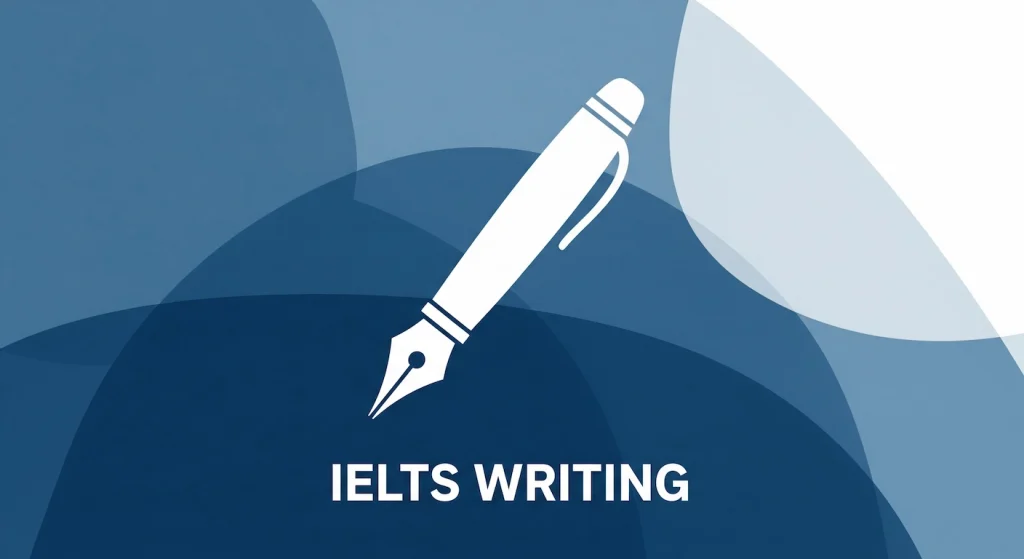
The IELTS Writing Task 2 essay can feel like the most unpredictable part of the exam. What will the question ask? How should you structure your response? If you’re feeling anxious, you’re not alone. Many students worry that a difficult question will ruin their chances of getting the band score they need.
The good news is that while the topics are varied, the questions themselves follow a clear pattern. This guide will provide a complete roadmap to understanding the types of IELTS Writing Task 2 questions. We will demystify the 5 common essay categories and, more importantly, give you a step-by-step plan to follow on test day.
But before we dive into the different essay types, let’s start with the Golden Rule. The absolute key to a high score in Task Response isn’t memorizing essay formulas; it’s learning to read the question carefully and answer it directly. By the end of this guide, you’ll have the theory, and we’ll show you how to put it into practice with our most advanced IELTS AI essay checker available online.
The five minutes before you start writing are the most important part of the entire essay. A solid plan ensures you answer the question accurately, structure your essay logically, and write with confidence. Rushing into the essay without a plan is the single biggest cause of low scores. Here’s how to use your five minutes effectively.
First, break the question down into its core components.
Use the question itself to create a simple, effective structure. For virtually all types of IELTS Writing Task 2 questions, a five-paragraph plan is a safe and effective approach.
For each body paragraph, jot down one main idea and a brief supporting example. That’s it. Your plan shouldn’t be a full script, just a simple roadmap.
A perfect plan is the first step. The second is flawless execution. The only way to improve is by writing essays and getting them assessed. After you read this guide, try writing an essay and submitting it to our free IELTS essay checker. It’s designed to give you instant feedback on your structure, grammar, and task response, helping you turn theory into a high-scoring reality.
Now that you have a solid planning strategy, let’s explore the main categories. Understanding these IELTS Writing Task 2 types helps you quickly recognize what the examiner is looking for.
This is one of the most common essay types. You are presented with a specific point of view and asked to state your own opinion on it.
An Opinion Essay requires you to state your position clearly and defend it with well-supported arguments and examples.
Look for direct questions about your personal viewpoint.
In this essay type, you are presented with two contrasting viewpoints and are typically asked to discuss both before giving your own opinion.
A Discussion Essay requires you to give a balanced analysis of two different perspectives on a single issue.
The wording is usually very direct.
This essay type asks you to consider the pros and cons of a particular trend or development. It comes in two main forms.
An Advantage Disadvantage Essay requires you to outline the positive and negative aspects of a situation.
This essay presents a problem and asks you to explain its causes and/or suggest potential solutions.
A Problem-Solution Essay (or its variations) requires you to analyze the roots of an issue and propose viable ways to address it.
This essay type, sometimes called Two-Part Questions, presents a statement followed by two or sometimes three specific questions that you must answer.
This essay requires you to provide a direct answer to each question asked in the prompt.
It’s easy to spot as it literally contains question marks.
Navigating the types of IELTS Writing Task 2 questions doesn’t have to be a mystery. Your success depends on a simple, two-part approach:
Ultimately, the structure of the question shows you the structure of your essay. If you forget everything else, remember the Golden Rule: never use a memorized response. Read the question on the day, identify what it is asking, and answer it directly, fully, and clearly.
Put your knowledge to the test today. Use our free IELTS essay checker to see how you score. Our tool acts as your personal IELTS AI essay checker, providing instant, detailed feedback on your task response, coherence, grammar, and vocabulary. It’s the best way to prepare with confidence and get the score you deserve.
Get instant, AI-powered feedback on your IELTS essays. Improve your writing, structure, and vocabulary with WritewiseAI’s world-class technology.